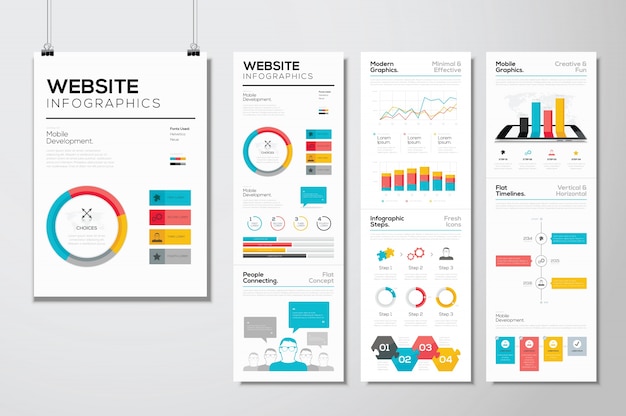Site Layout Fundamentals: Tips For Building A User-Friendly Site
Site Layout Fundamentals: Tips For Building A User-Friendly Site
Blog Article
visit this link Created By-Scarborough Bak
When it pertains to web site style, making certain user-friendliness is vital. From receptive layout to structured navigating, every component plays a crucial function in producing a website that deals with your audience's requirements. However what regarding the better information that can make or damage an individual's surfing experience? Keep tuned as we reveal some often-overlooked suggestions that can raise your website's functionality to the next level, making it really stand out in the electronic landscape.
Relevance of Responsive Layout
Responsive design is a vital facet of modern site development. Ensuring your internet site is responsive methods that it can adapt to various display dimensions and gadgets, providing a seamless experience for users.
With the enhancing use of mobile phones and tablet computers to access the net, having a receptive style is crucial for getting to a bigger audience. It helps in enhancing individual experience by making your site easy to browse and continue reading any type of tool.
Furthermore, receptive design can favorably impact your search engine positions, as search engines like Google focus on mobile-friendly sites. By having a receptive layout, you're additionally future-proofing your web site, as new devices with differing display dimensions continue to emerge.
Simplify Navigation Structure
To improve individual experience and facilitate simple accessibility to information on your internet site, streamlining the navigation structure is extremely important. When making your website, focus on producing a clear and instinctive navigation food selection that helps site visitors discover what they're trying to find rapidly.
Limitation the number of food selection products to the fundamentals, grouping relevant pages with each other to stay clear of overwhelming users. Usage detailed tags that plainly show the content of each web page, making it simpler for users to understand where each web link will certainly take them.
Take into consideration applying dropdown menus for subcategories to avoid jumbling the main navigation bar. Additionally, consist of a search bar plainly on the web page for users that like searching for details details.
Focus on mobile responsiveness in your navigation design to make sure easy access on all tools.
Maximize Web Page Lots Speed
Improving page tons rate is essential for keeping visitors on your website. Slow-loading pages irritate customers and can cause high bounce prices. To maximize page tons rate, start by maximizing images. Compress photos without jeopardizing quality to decrease their file dimensions.
Furthermore, allow web browser caching to save frequently accessed sources locally, accelerating lots times for returning site visitors. Minify CSS, JavaScript, and HTML files by removing unnecessary characters, remarks, and format, enhancing load rate.
Take into consideration making use of a content distribution network (CDN) to disperse your site's web content throughout multiple web servers worldwide, decreasing latency for users accessing your website from different places. Lastly, restrict using third-party scripts and plugins, as they can significantly influence load times.
web development firm
In conclusion, by integrating responsive style, simplifying navigation, and optimizing web page load speed, you can produce a straightforward internet site that attract a broader audience and boosts user experience. These essential elements ensure that site visitors can quickly accessibility and browse your website across different gadgets, resulting in raised engagement and complete satisfaction. By concentrating on these essential facets, you can construct an effective site that keeps users returning for more.
